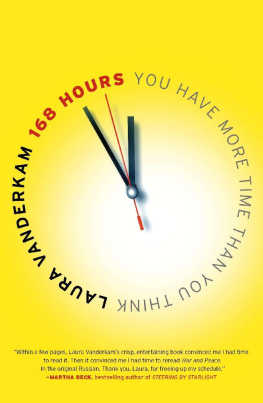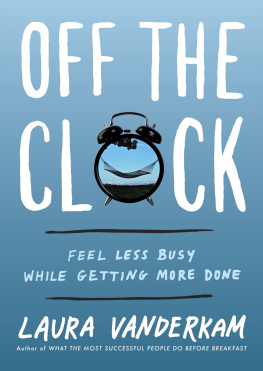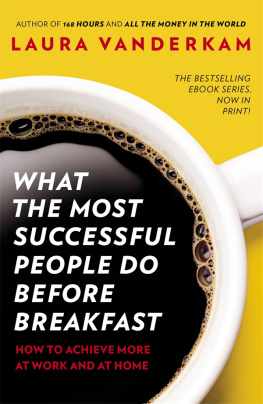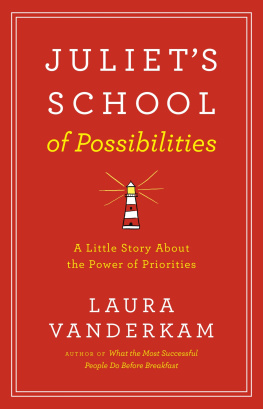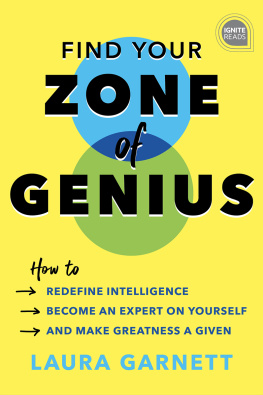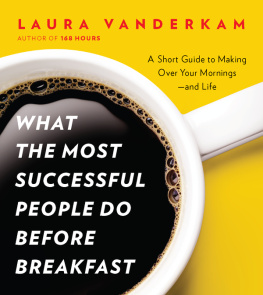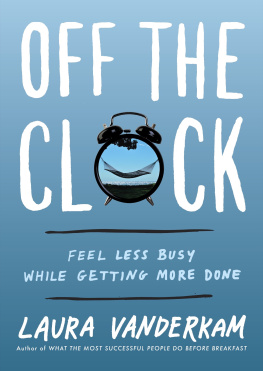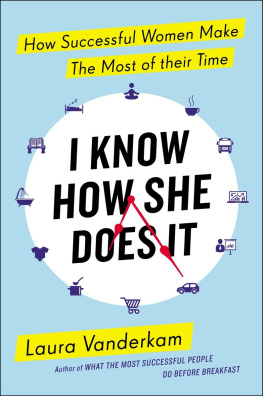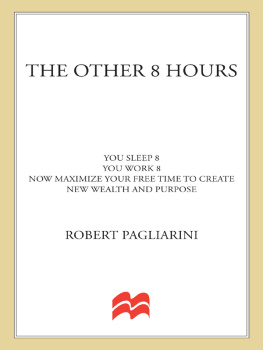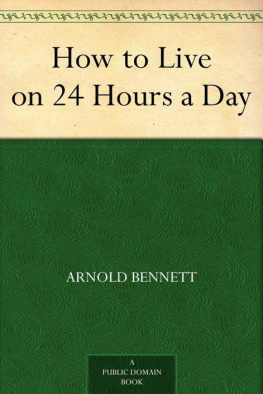
Table of Contents

PORTFOLIO
Published by the Penguin Group
Penguin Group (USA) Inc., 375 Hudson Street,
New York, New York 10014, U.S.A.
Penguin Group (Canada), 90 Eglinton Avenue East, Suite 700,
Toronto, Ontario, Canada M4P 2Y3
(a division of Pearson Penguin Canada Inc.)
Penguin Books Ltd, 80 Strand, London WC2R 0RL, England
Penguin Ireland, 25 St. Stephens Green, Dublin 2, Ireland
(a division of Penguin Books Ltd)
Penguin Books Australia Ltd, 250 Camberwell Road, Camberwell,
Victoria 3124, Australia
(a division of Pearson Australia Group Pty Ltd)
Penguin Books India Pvt Ltd, 11 Community Centre, Panchsheel Park,
New Delhi - 110 017, India
Penguin Group (NZ), 67 Apollo Drive, Rosedale, North Shore 0632,
New Zealand (a division of Pearson New Zealand Ltd)
Penguin Books (South Africa) (Pty) Ltd, 24 Sturdee Avenue,
Rosebank, Johannesburg 2196, South Africa
Penguin Books Ltd, Registered Offices:
80 Strand, London WC2R 0RL, England
First published in 2010 by Portfolio,
a member of Penguin Group (USA) Inc.
Copyright Laura Vanderkam, 2010
All rights reserved
Library of Congress Cataloging-in-Publication Data
Vanderkam, Laura.
168 hours : you have more time than you think / Laura Vanderkam.
p. cm.
Includes bibliographical references and index.
eISBN : 978-1-101-43294-5
1. Time management. I. Title. II. Title: One hundred sixty-eight hours.
HD69.T54V36 2010
658.4093dc22 2009046867
Without limiting the rights under copyright reserved above, no part of this publication may be reproduced, stored in or introduced into a retrieval system, or transmitted, in any form or by any means (electronic, mechanical, photocopying, recording or otherwise), without the prior written permission of both the copyright owner and the above publisher of this book.
The scanning, uploading, and distribution of this book via the Internet or via any other means without the permission of the publisher is illegal and punishable by law. Please purchase only authorized electronic editions and do not participate in or encourage electronic piracy of copyrightable materials. Your support of the authors rights is appreciated.
http://us.penguingroup.com
To Michael, Jasper, and Sam
Introduction
Tuesday, July 14, 2009, was a good day.
I opened my apartment door around seven a.m. to find my Wall Street Journal delivered, with my byline in it. My two-year-old son, Jasper, woke up around the same time. We played with puzzles and had breakfast before I put him in the stroller at eight and walked in the easy sunshine to his preschool two blocks away. I spent the next 4 hours writing. Then I logged 45 minutes on the stationary bike, reading a book I needed to review to make the most of that time. After, I wrote for 3 more hours. I packed snacks for Jasper and picked him up shortly after four p.m., intending to take him to an exhibit Id read about at the Museum of Modern Art. Alas, the museum was closed, as it is every Tuesday, so we had to regroup, buy a pretzel from a street vendor, and admire the more realist art of the Fifth Avenue bustle. At least during the expedition we found the new pair of sneakers hed needed. We got home at 5:30 and played until the babysitter came an hour later. Then I zoomed out to Brooklyn to run a long-range planning meeting for the Young New Yorkers Chorus, for which I serve as president. My board talked about how to commission new music, how to improve our musical craft, and how to make people feel at home in this grand city. I zipped home and spent 45 minutes talking with my husband, Michael, about our projects and potential names for the second son we were expecting in two months. It was roughly a 17-hour day by the time I went to sleep, with 8 spent working (0.75 of those also spent exercising), 4 spent interacting with family, 3 spent on my volunteer work, and a few transitions and other things in between.
It was a busy day, devoid of disasters, though devoid of spectacular triumphs, too. So why was it good?
Much has been written about the good lifewhat it means to be happy or successful, in our own minds at least, and how people become that way. I am as much a student of these books as anyone else, and I have always been drawn to the stories of people who love what they do, who live full lives and have grand aspirations. As a journalist, I have interviewed many such people, and I often daydream about what Id like to get out of life as well.
Over the years, those daydreams have taken on some shape and substance. Since I was a child Ive wanted to be a writer. I also wanted to be a mom. Growing up near the cornfields of Indiana, I wanted to live in a big city for at least a while when I was young enough not to mind the grit and noise. I love music, and I love to help create new things, be they songs or books. I love having health and energy.
But all these things are abstractions. All are ideas people think about in phrases such as when I grow up or someday, or broadly as our identities and values.
A few years ago, though, I had a realization: while we think of our lives in grand abstractions, a life is actually lived in hours. If you want to be a writer, you must dedicate hours to putting words on a page. To be a mindful parent, you must spend time with your child, teaching him that even though he loves the new shoes he picked out, he has to take them off so mommy can pay for them. A solid marriage requires conversation and intimacy and a focus on family projects. If you want to sing well in a functioning chorus, you must show up to rehearsals and practice on your own in addition to setting goals and attending to any administrative duties. If you want to be healthy, you must exercise and get enough sleep. In short, if you want to do something or become somethingand you want to do it wellit takes time .
What made that particular Tuesday a good day was the high proportion of hours I spent on things that relate to my life goals. For instance, I wanted to be a writer, and I am. That is what I spent big chunks of my time doing.
July 14 was, of course, a 24-hour day, and this is the way most of us are accustomed to thinking about our time: as 24-hour blocks. But as Ive pondered the question of how I want to live my life, Ive come to believe that its more useful to think in terms of 24/7, a phrase people toss about but seldom multiply through. There are 168 hours in a week. My busy Tuesday was a good day, but so was my slower Sunday spent going to church, walking for 2 hours in Central Park, andyesworking for 4 hours during Jaspers nap and after he went to bed. The way I see it, anything you do once a week happens often enough to be important to you, whether its church, a strategic thinking session at work, your Sunday dinner with your parents, or your softball team practice. The weekly 168-hour cycle is big enough to give a true picture of our lives. Years and decades are made up of a mosaic of repeating patterns of 168 hours. Yes, there is room for randomness, and the mosaic will evolve over time, but whether you pay attention to the pattern is still a choice. Largely, the true picture of our lives will be a function of how we set the tiles.
This book is about how different people spend the 168 hours we all have per week. It is about where the time really goes, and how we can all use our time better. It is about using our hours to focus on what we do best in our careers and at home, and so take a lifes work to the next level while investing in our personal lives as well.
Next page
